Home>Ideas and Tips>Heated Driveway Systems: Snow and Ice Removal Solutions
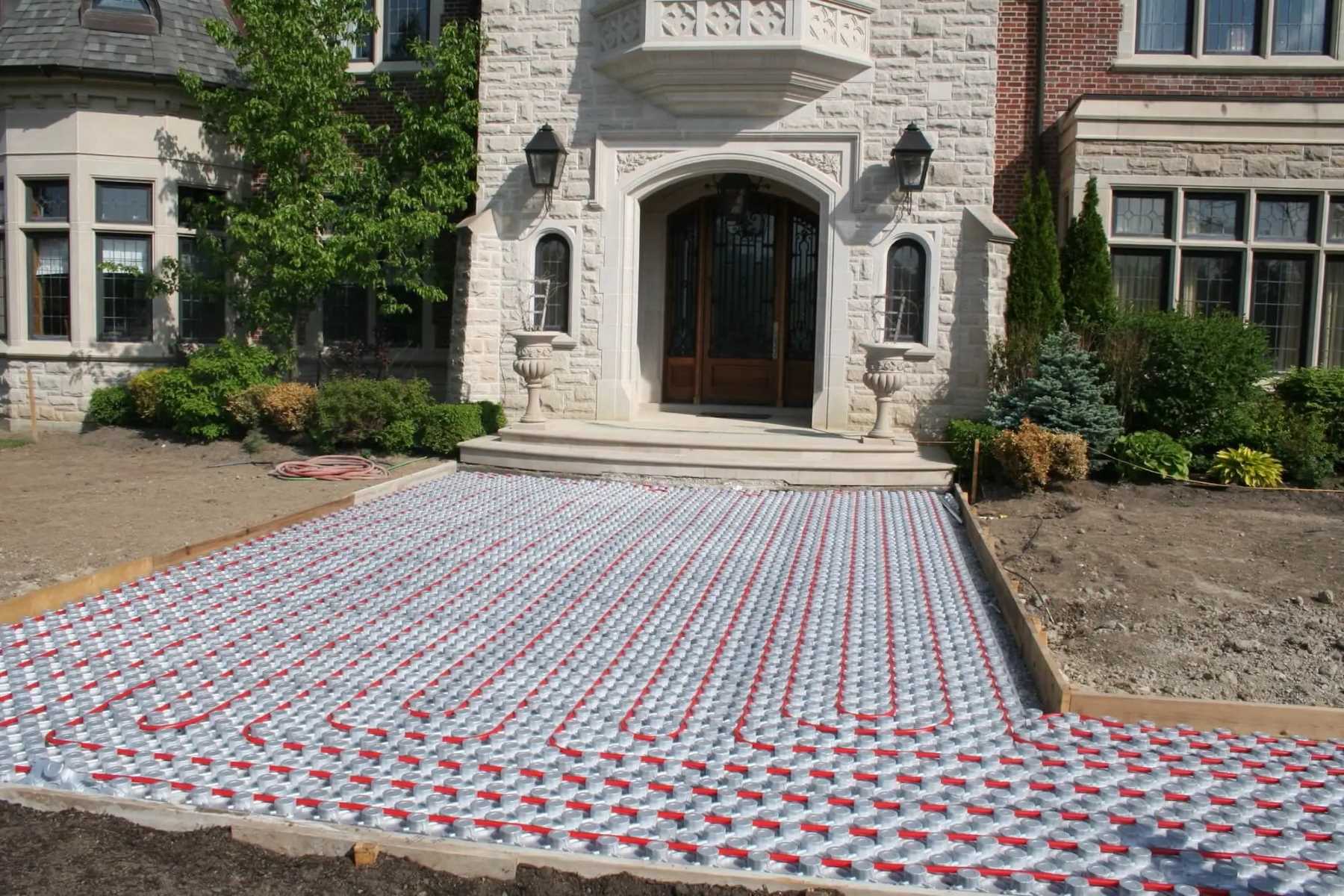

Ideas and Tips
Heated Driveway Systems: Snow and Ice Removal Solutions
Modified: October 28, 2024
Discover the benefits of heated driveway systems for effortless snow and ice removal, enhancing safety and convenience during winter.
(Many of the links in this article redirect to a specific reviewed product. Your purchase of these products through affiliate links helps to generate commission for Storables.com, at no extra cost. Learn more)
Introduction
Waking up to a driveway covered in snow and ice can be a daunting task, especially for residential and commercial property owners. The challenges of manual snow removal, including back-breaking shoveling and increased fall risks, make battling winter hazardous. However, with the advent of automated driveway snow and ice melting systems, homeowners and business owners can start their day safely with a driveway completely clear of snow and ice. In this article, we will delve into the world of heated driveway systems, exploring their types, benefits, installation processes, and how they can be customized to meet specific needs.
Read more: How To Remove Snow From A Driveway
What Are Heated Driveway Systems?
Heated driveway systems are designed to melt snow and ice on contact, eliminating the need for manual snow removal. These systems use either electric or hydronic heating methods to deliver consistent heat across surfaces such as driveways and walkways. The primary goal is to provide a clear and safe driveway by automatically melting snow and ice as soon as they appear.
Types of Heating Systems
There are two primary types of heating systems used for driveways: hydronic radiant heating systems and electric radiant heating systems.
Hydronic Radiant Heating Systems
Hydronic heating systems use tubes heated and circulated through a closed loop under the driveway's surface. A boiler heats treated water and antifreeze, which is then circulated through the tubes. When snow or ice is detected on the surface, the system activates, warming the driveway through the circulating treated water and antifreeze mixture.
Hydronic systems are versatile and can work with various driveway materials, including concrete, asphalt, and stone pavers. However, they are often installed during new construction processes because they require more complex components like boilers and manifolds. For existing driveways, electric radiant heating systems might be a more practical option due to their easier installation process.
Electric Radiant Heating Systems
Electric radiant heating systems generate heat by circulating electricity through special cables buried in the driveway. These cables produce heat due to their inherent resistance, which then radiates upward to melt snow and ice on contact.
Electric systems offer several advantages, including easier customization and silent operation. They do not require extra space or mechanical rooms, making them a favorite among professional builders. Additionally, electric systems can be easily retrofitted into existing driveways, which is a significant benefit for homeowners who do not want to replace their current driveway.
Electric Snow-Melt Mats
For those who do not have the option to install a new driveway or retrofit an existing one, electric snow-melt mats provide an effective solution. These mats work similarly to embedded electrical radiant systems but sit directly on top of the driveway. They are heavy-duty and can withstand vehicle traffic without risking damage.
Benefits of Heated Driveway Systems
Heated driveway systems offer numerous benefits that make them an attractive solution for snow and ice removal:
-
Safety: The primary benefit is enhanced safety. Automated radiant snow melting systems reduce the potential for injuries caused by slick, icy surfaces. This is particularly important for business owners who wish to avoid costly litigation due to personal injuries.
-
Convenience: Heated driveways eliminate the need for manual snow removal, saving time and effort. Homeowners no longer have to wake up early to shovel or plow their driveways, allowing them to start their day more comfortably.
-
Energy Efficiency: While both electric and hydronic systems have their operating costs, they are generally more energy-efficient than hiring professional snow removal services. Additionally, radiant heat can help extend the life of concrete driveways by preventing abrasive snow removal methods and harsh chemicals.
-
Customization: Heated driveway systems can be customized to meet specific needs. ThermoSoft, for example, offers a wide range of sizes, power output, control, and sensors to provide flexibility and precision for exact snow melting needs.
-
Maintenance-Free: Radiant heated driveways are virtually maintenance-free. The systems come with manual override capability, ensuring that they can be controlled if needed. This feature is particularly useful during periods of prolonged cold weather or when additional heat is required.
Read more: How To Remove Ice On Driveway
Installation Process
The installation process for heated driveway systems varies depending on the type of system chosen:
Installation in Concrete
For concrete driveways, heating cables or mats are usually installed under the concrete layers during pouring. Proper installation is crucial for even distribution to avoid potential damage to the heating elements. To ensure that the heat cable remains within a couple of inches from the surface during the concrete pour, sturdy plastic chairs like Mesh-Ups should be used.
Installation in Asphalt
For asphalt driveways, heat cable designed specifically for hot asphalt installations is used. This heat cable features a more sturdy external cable jacket to withstand temperatures up to 460°F for 10 minutes. The heat cable is laid out over the area to be heated, and asphalt is then applied over it.
Retrofitting Existing Driveways
Retrofitting an existing driveway involves designing a system appropriate to your region’s needs. The contractor marks your driveway with chalk where the cables will go, then cuts into the driveway using a saw cutting machine. The contractor creates grooves with precisely the right size for housing the heating cable, places protective backer rods in the grooves, and uses sealant to fill in any remaining void spaces.
Read more: How To Snow Blow A Driveway
Customization Options
Heated driveway systems offer various customization options to meet specific needs:
-
Custom-Width Electric Snow Melting Mats: ThermoSoft’s custom-width electric snow melting mats save on the cost of materials and energy by optimizing the width of snow melting mats to melt snow only where needed.
-
Snow Sensors: Automated snow sensors can detect snow on the driveway's surface and activate the heating system accordingly. This feature ensures that the system only operates when necessary, reducing energy consumption.
-
Control Systems: Both electric and hydronic systems can be equipped with control systems that allow homeowners to monitor and adjust the temperature settings remotely. This feature provides additional convenience and control over the heating process.
Environmental Considerations
Given the current emphasis on environmental sustainability and renewable energy, radiant heat is quickly becoming the preferred heating and snow melting solution. Both electric and hydronic systems are versatile and can be installed to heat driveways, sidewalks, ramps, steps, roofs, floors, and more. Electric systems are particularly favored for their customization options and silent operation, making them an environmentally friendly choice.
Conclusion
Heated driveway systems offer a proactive approach to cold-weather safety by providing instant relief from snow build-up and ice formations. Whether through hydronic or electric systems, these solutions eliminate the hazards associated with manual snow removal while ensuring a clear and safe driveway. With customization options available for various driveway materials and retrofitting possibilities for existing driveways, homeowners can enjoy a winter season without the burden of snow shoveling. By understanding the types of heating systems available and their installation processes, property owners can make informed decisions about which solution best meets their needs.
In summary:
- Hydronic Radiant Heating Systems use tubes heated by a boiler circulating treated water and antifreeze.
- Electric Radiant Heating Systems generate heat through special cables buried in the driveway.
- Electric Snow-Melt Mats provide an alternative solution for existing driveways.
- Customization Options include custom-width mats, snow sensors, and control systems.
- Environmental Considerations highlight the eco-friendly nature of radiant heat solutions.
By investing in a heated driveway system, property owners can enhance safety, convenience, and energy efficiency while enjoying a winter season free from the challenges of snow and ice removal.
Was this page helpful?
At Storables.com, we guarantee accurate and reliable information. Our content, validated by Expert Board Contributors, is crafted following stringent Editorial Policies. We're committed to providing you with well-researched, expert-backed insights for all your informational needs.
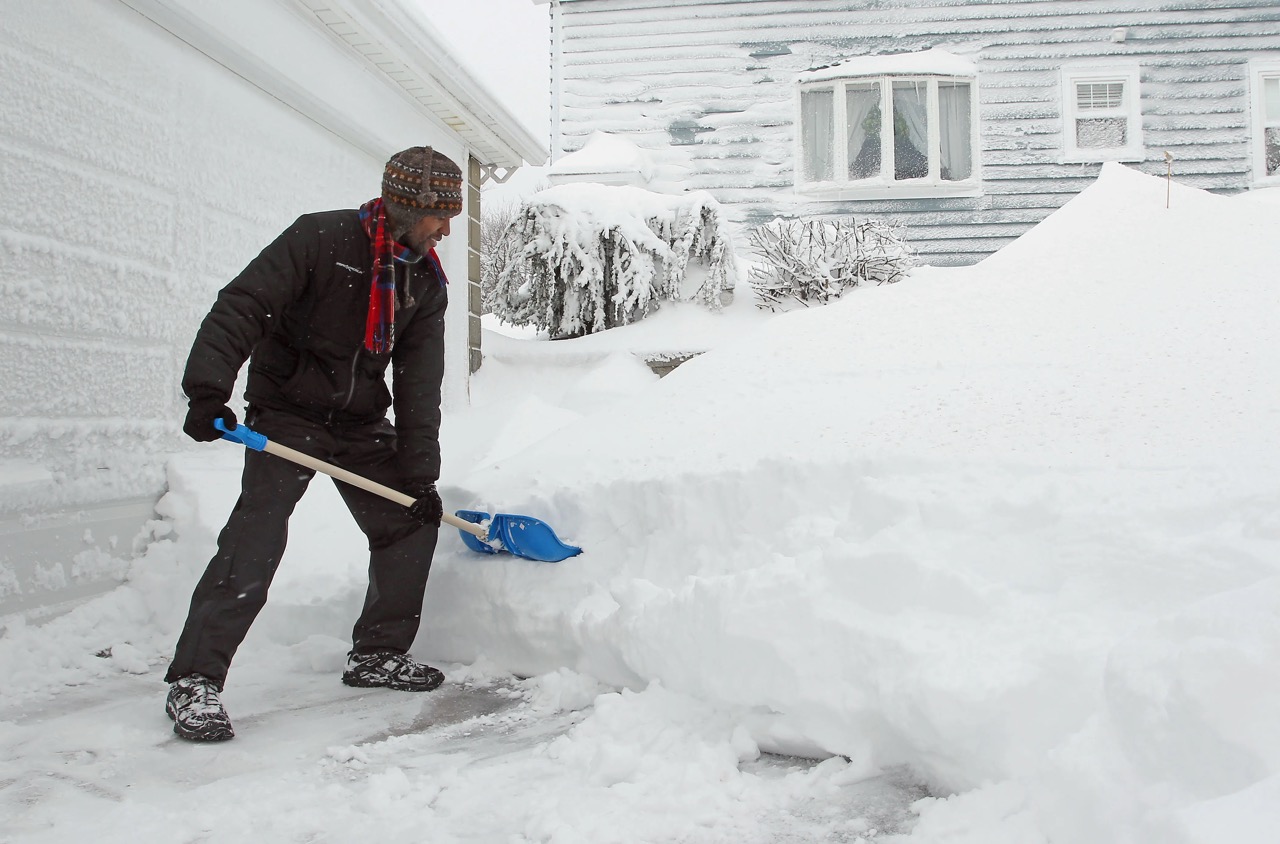


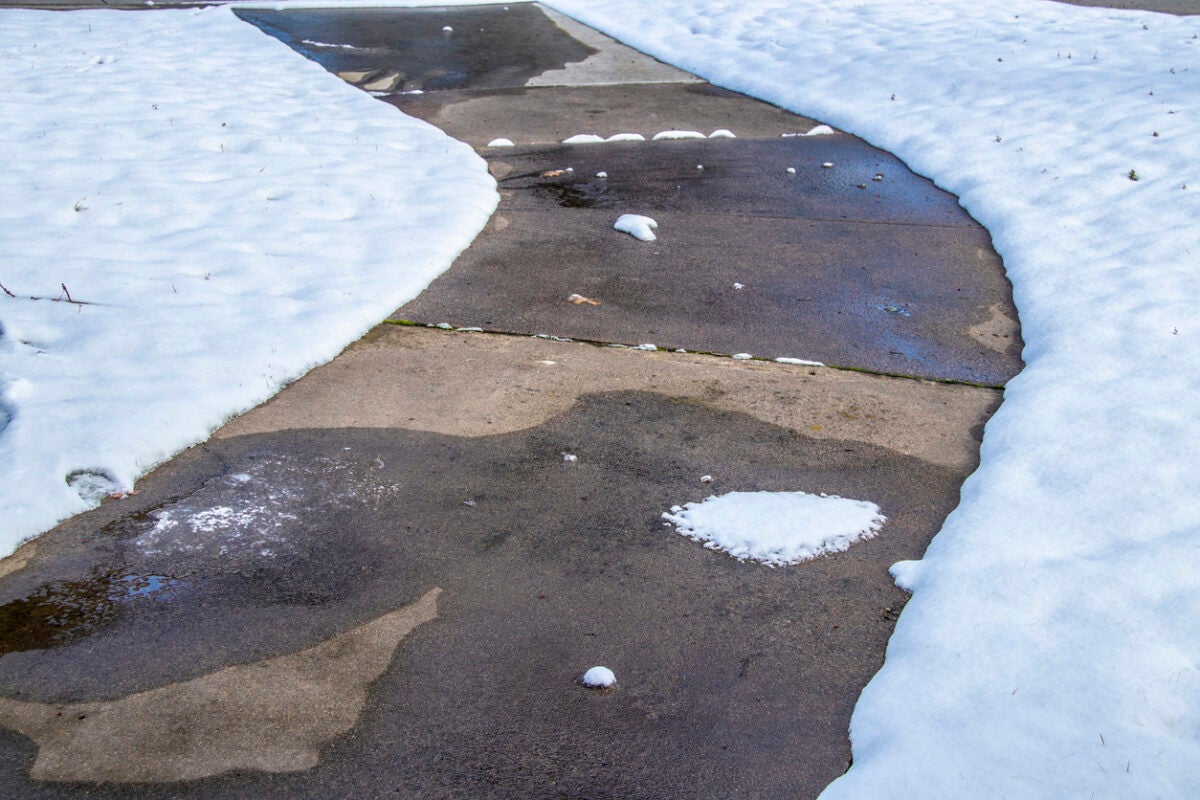
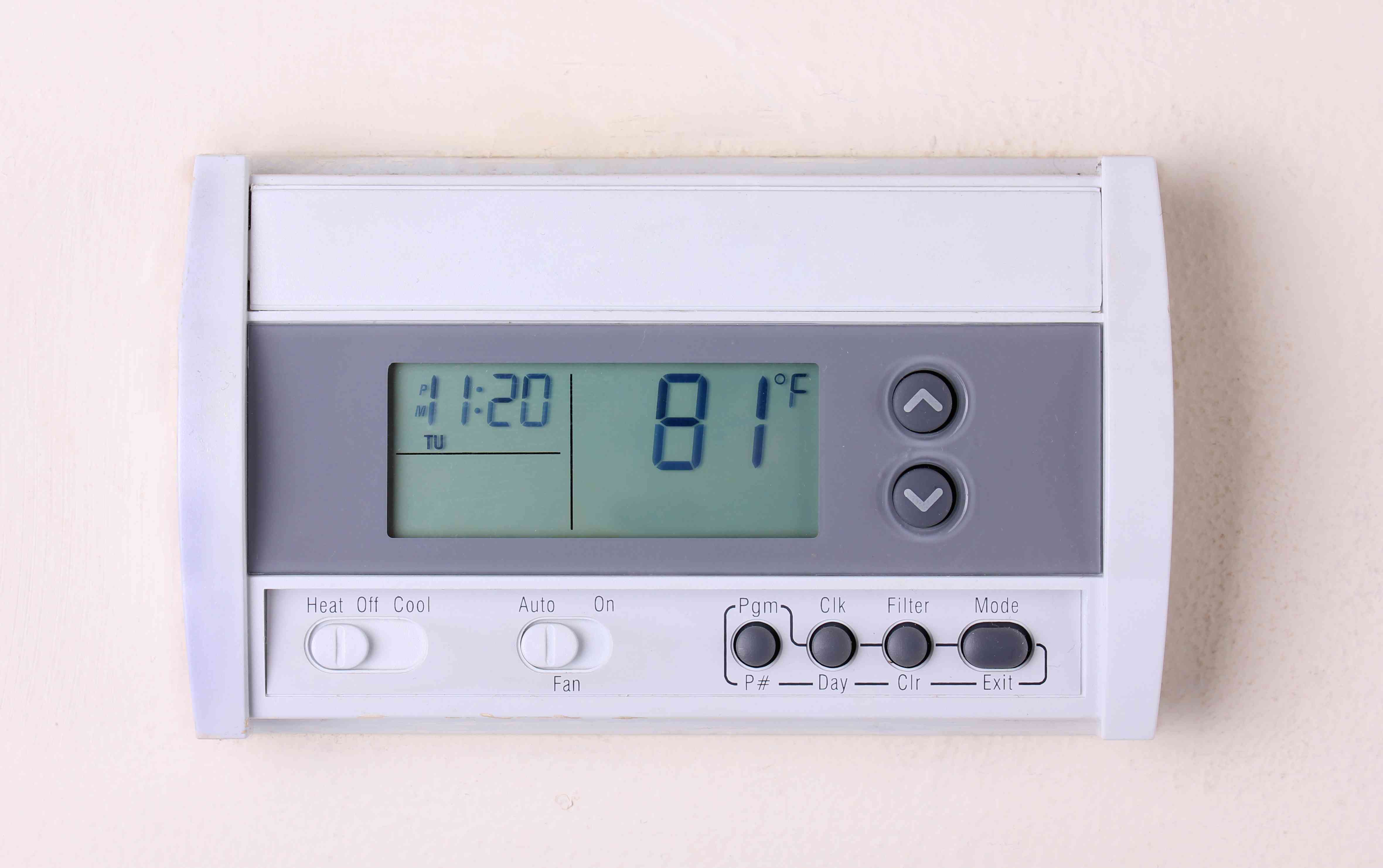
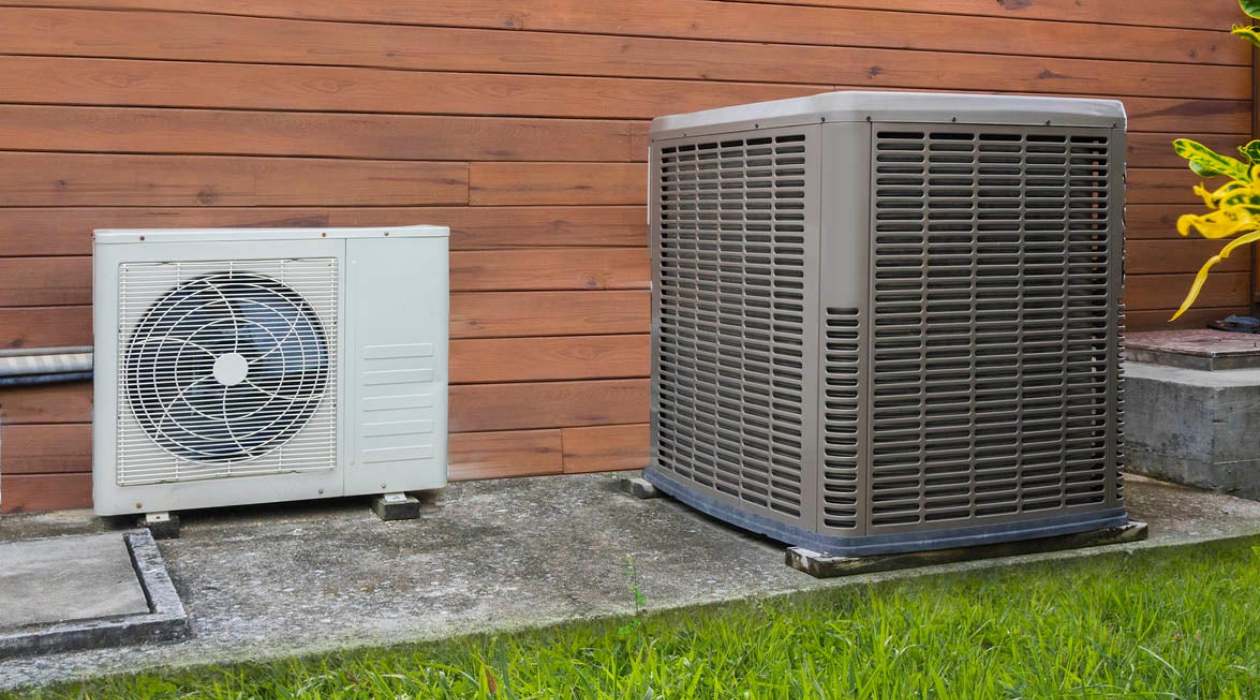
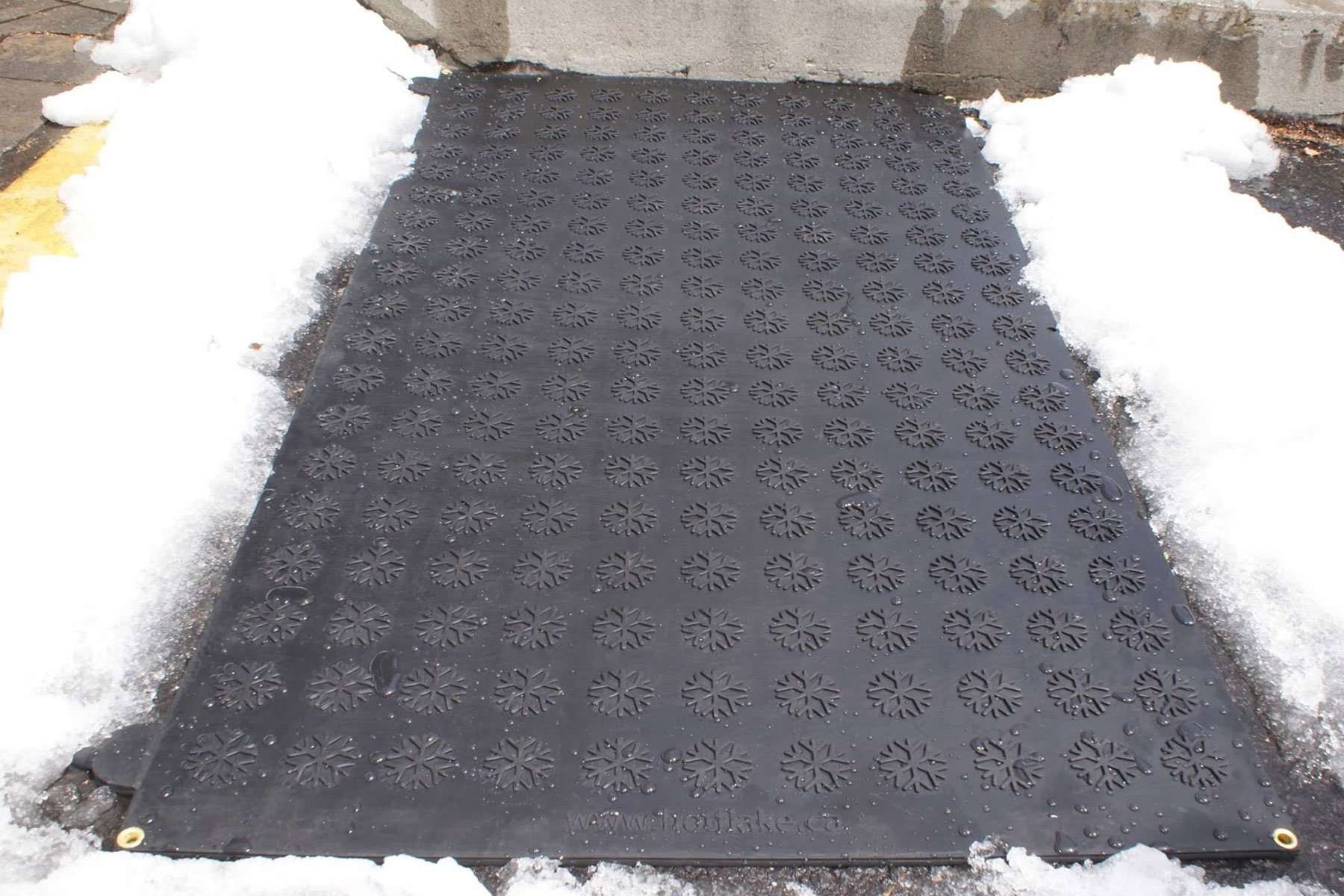
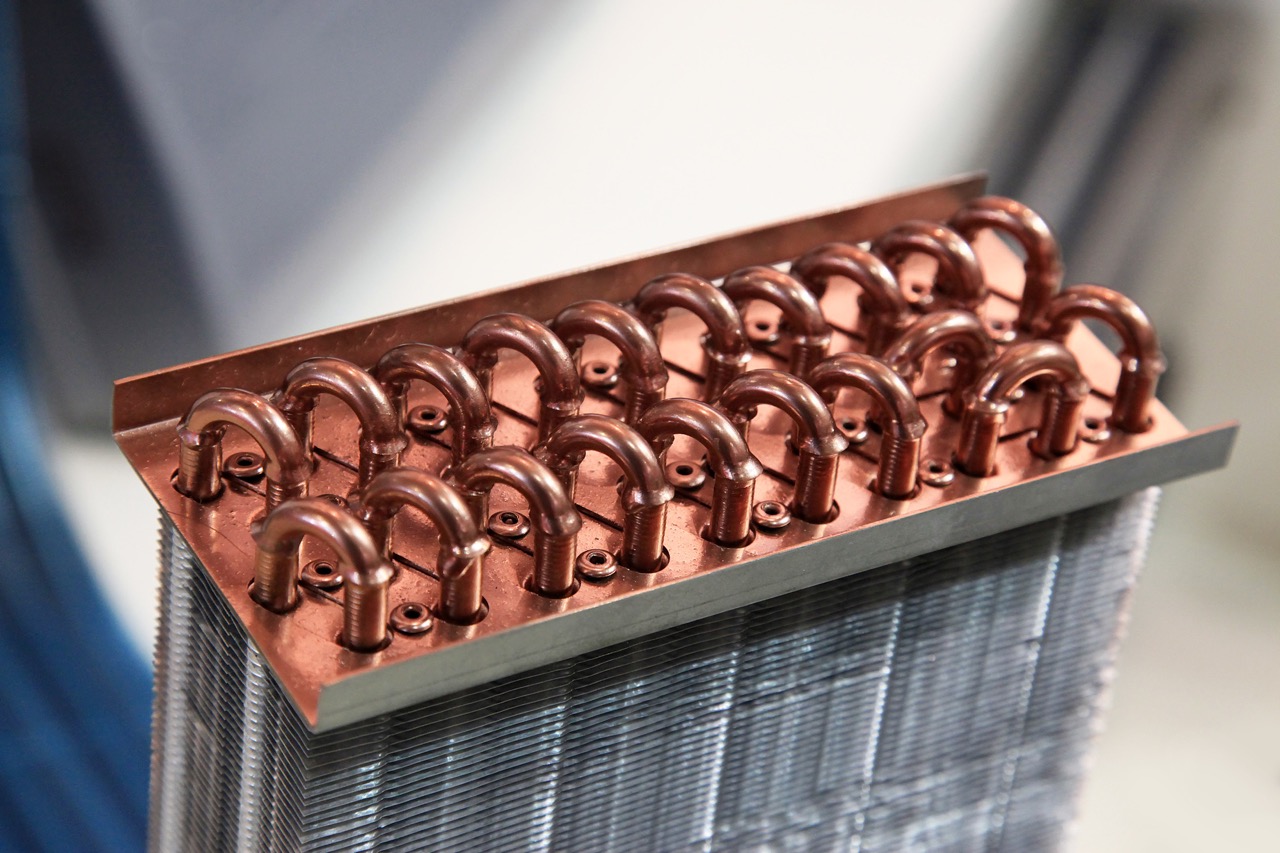
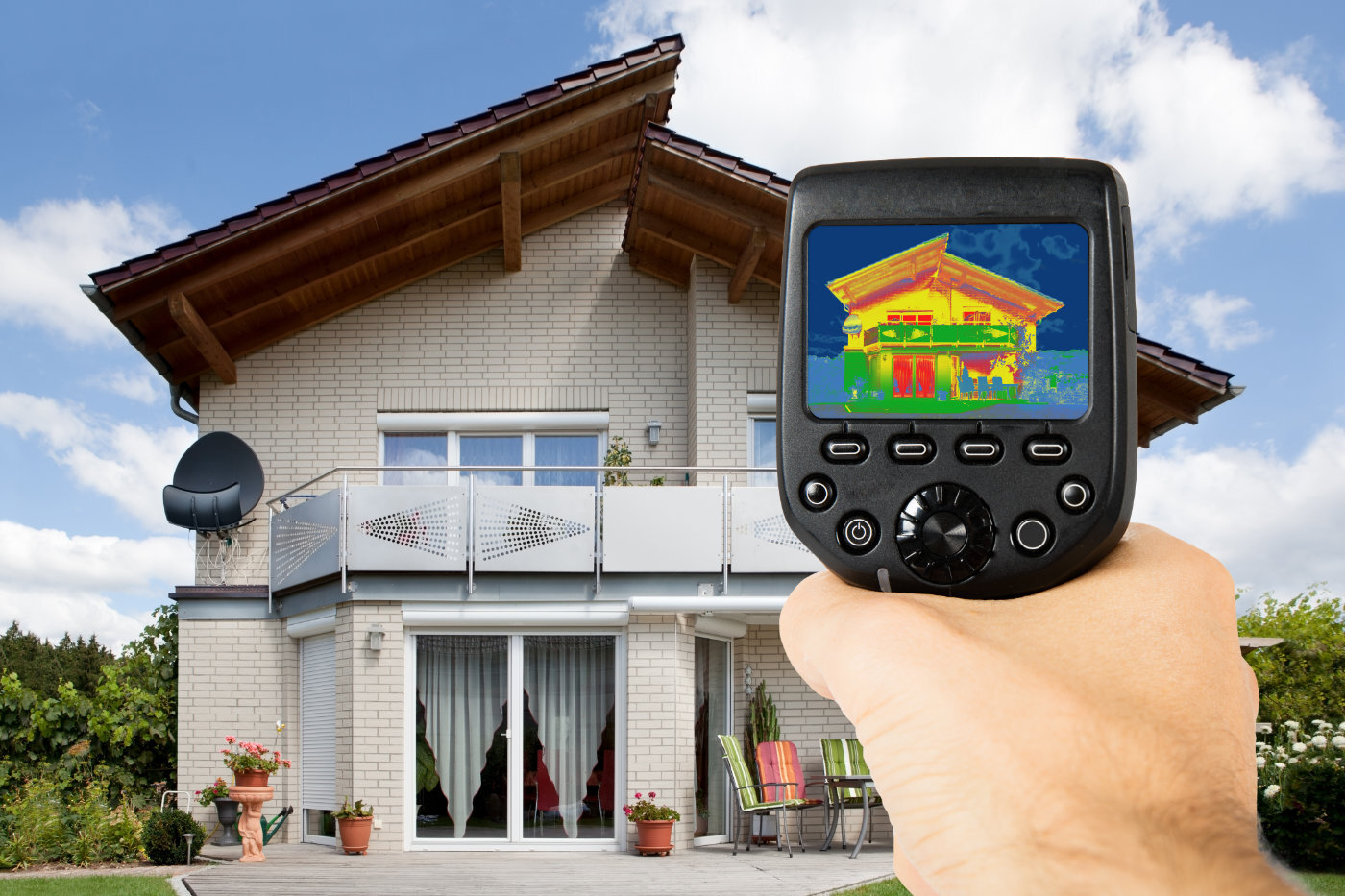
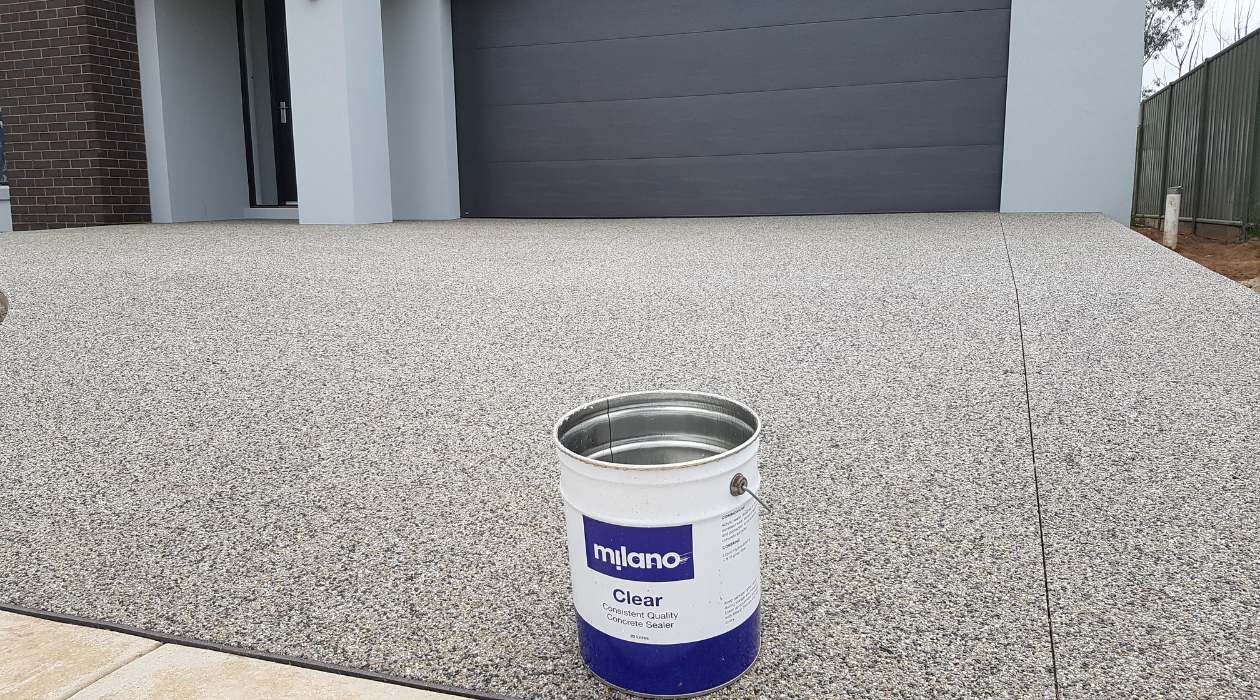
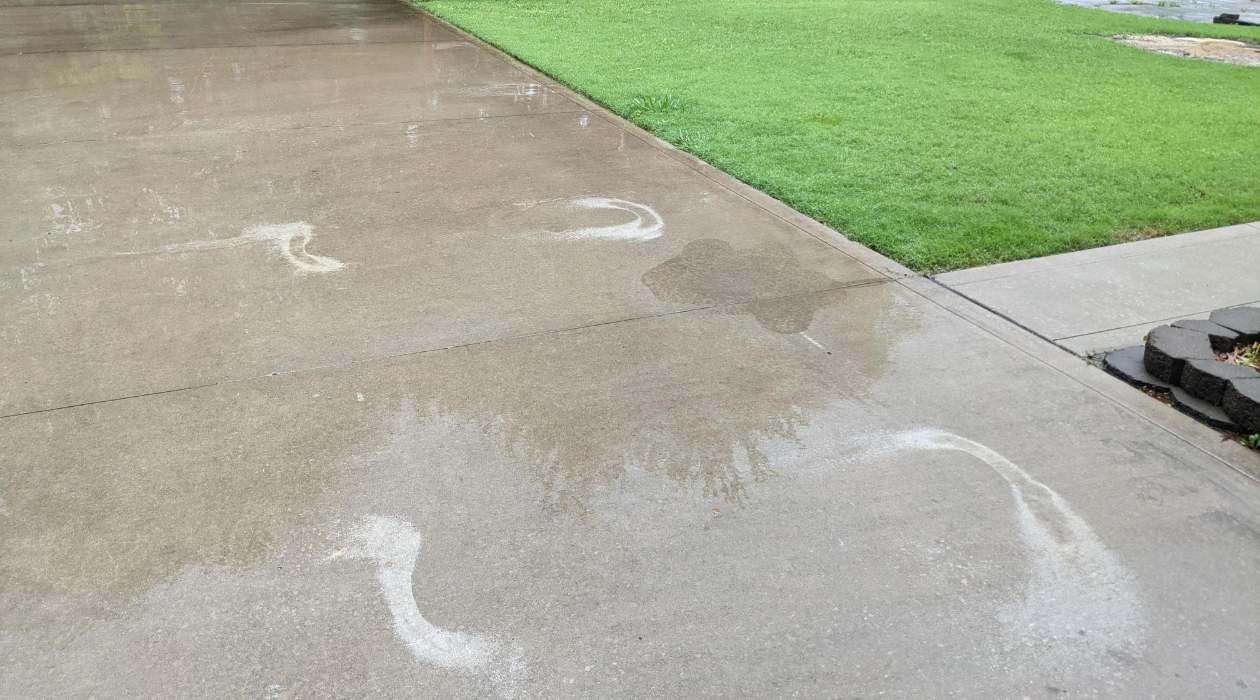
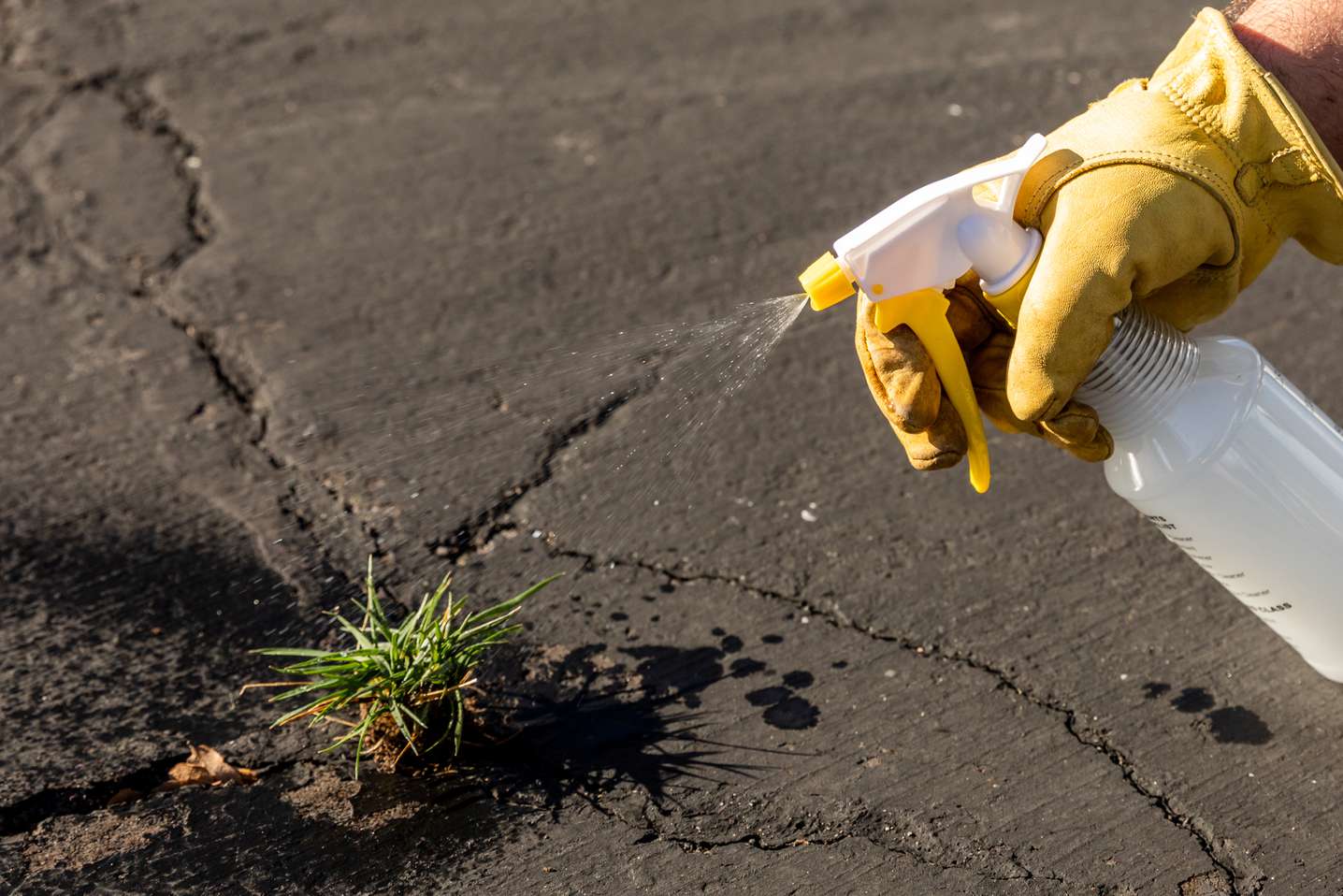


0 thoughts on “Heated Driveway Systems: Snow and Ice Removal Solutions”